Visiting the Memorial to the Victims of Nazism at Ninth Fort
Our primary motivation for visiting the Ninth Fort stronghold in Kaunas was to see the gargantuan Soviet-era concrete Memorial to the Victims of Nazism that sits on a hill overlooking the city. Also called the Memorial to the Victims of Fascism, or simply the Holocaust Memorial, the 32-metre tall monument was unveiled in 1984 in remembrance of the 30,000 Jews who were murdered here during the Holocaust and sits on the site of a mass grave.
But whilst it was the jagged stone fists reaching defiantly skyward that brought us to Ninth Fort, a much deeper and broader history awaited us.
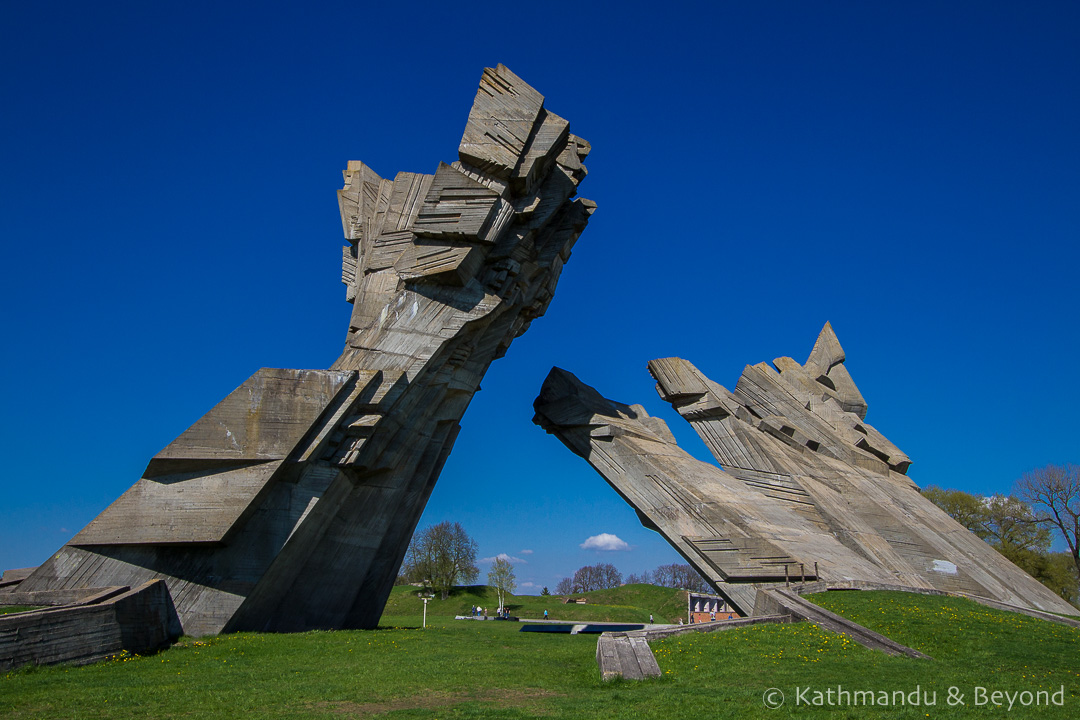 The Memorial to the Victims of Nazism
The Memorial to the Victims of Nazism
Located on the outskirts of Kaunas, Lithuania’s second city, Ninth Fort was completed in the early 1900s as the final part of Kaunas Fortress, a huge defensive structure encircling Kaunas and encompassing around 65 square kilometres. The Fortress was constructed in the 1880s/1890s to protect the Russian Empire’s western borders. At the time, Kaunas Fortress was the largest defensive structure in the region.
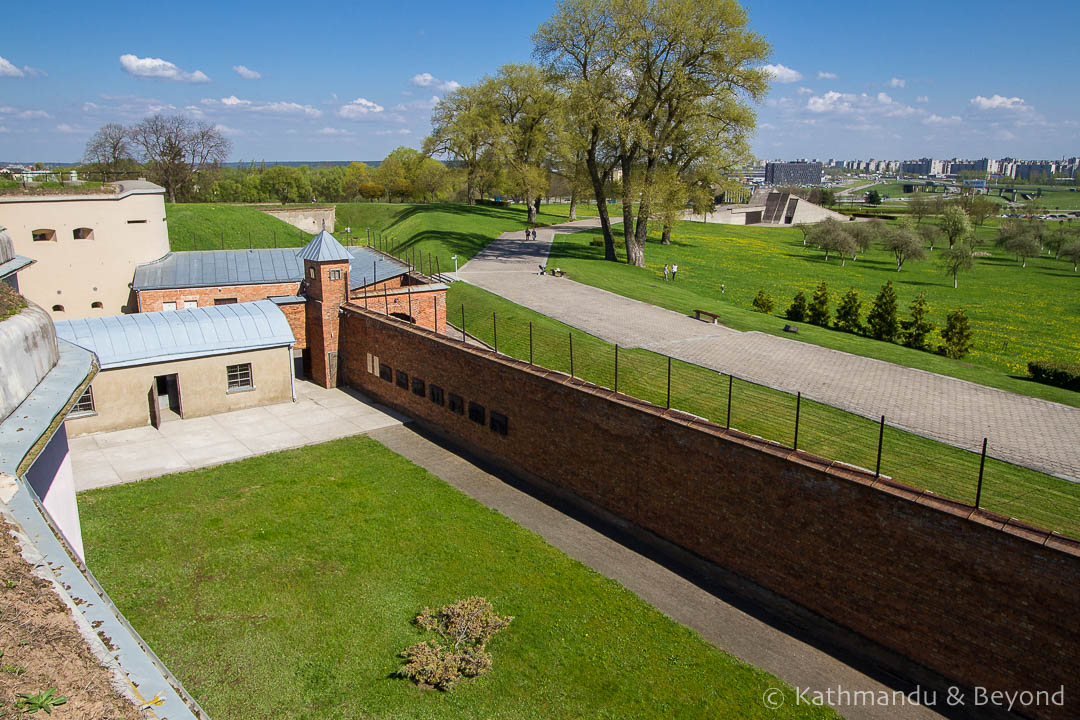 Ninth Fort
Ninth Fort
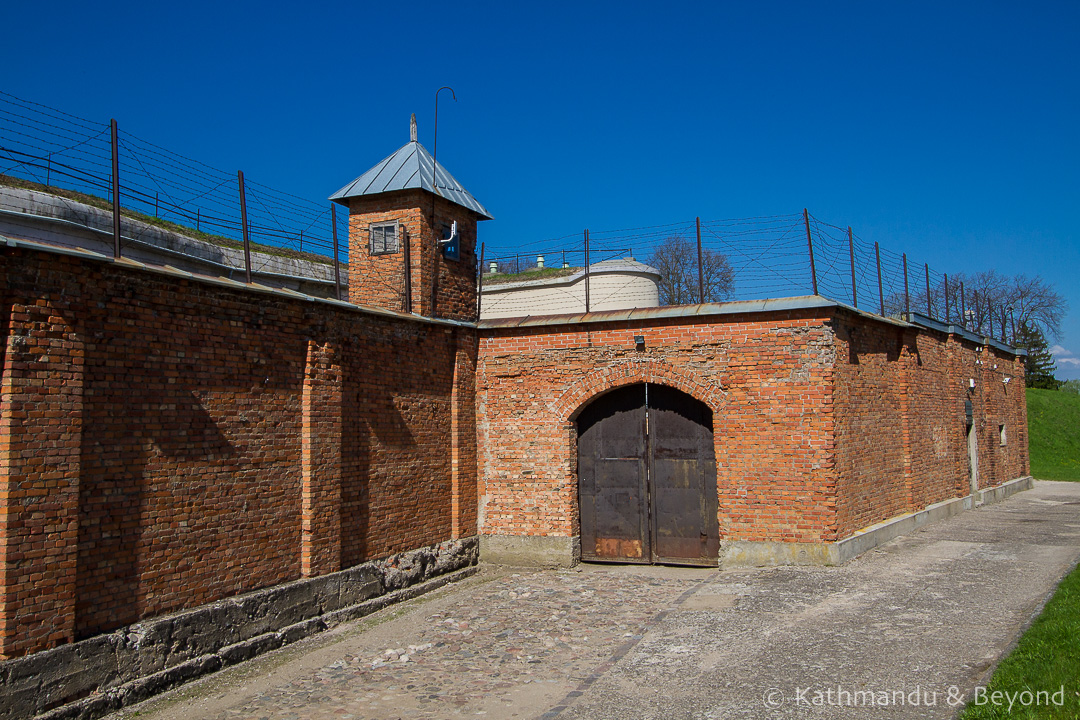 Ninth Fort
Ninth Fort
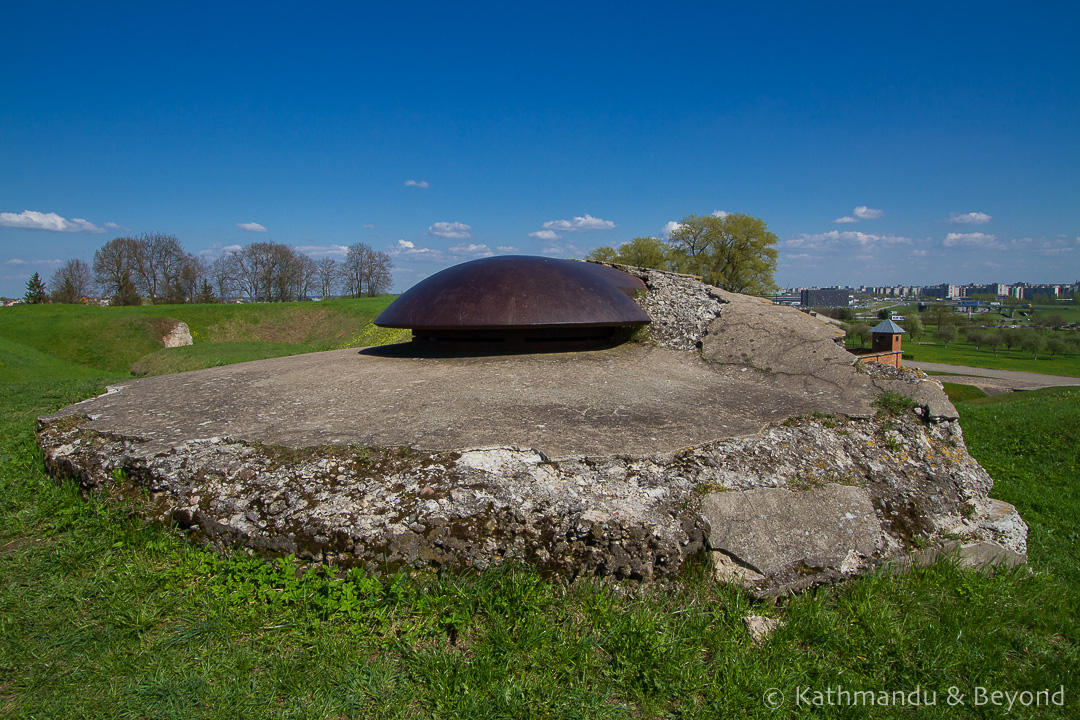 Ninth Fort
Ninth Fort
In addition to the imposing monument, Ninth Fort (often written as IX Fort) consists of an expansive, informative museum in two buildings and the remains of the fortress walls which can be explored. From Nazi genocide to Soviet atrocities, Lithuania has had its fair share of troubled history and whilst the moment stands in homage to those lives lost during this time, the museum documents the facts and goes into the history. The extensive exhibitions cover four significant periods of history of the fortress:
1882-1915: the history of Kaunas Fortress and how it was the most modern in the Russian empire at the time. The fortifications underwent their biggest test in 1915 when Germany attacked the Russian Empire – withstanding eleven days of assault before capture.
1924-1940: the years between the wars when the fort served as a Hard Labour Prison for criminal and political prisoners.
1940-1941 and 1944-1990: covering Lithuania’s two periods of Soviet Occupation.
1941-1944 – the dark period of Nazi Occupation and the Holocaust. During World War II, parts of the fortress complex were used by Nazi Germany to interrogate, detain and execute prisoners. An estimated total of 50,000 people were executed there, including more than 30,000 victims of the Holocaust.
The first part of the museum is about life in the Kaunas Ghetto and is housed in a church-like building, a dark, cavernous hall featuring a massive stained glass mural. Although dark, the exhibits are well-lit and depict stories of the people whose lives were destroyed by the occupying Nazi forces as well as display cases featuring their belongings and other artefacts.
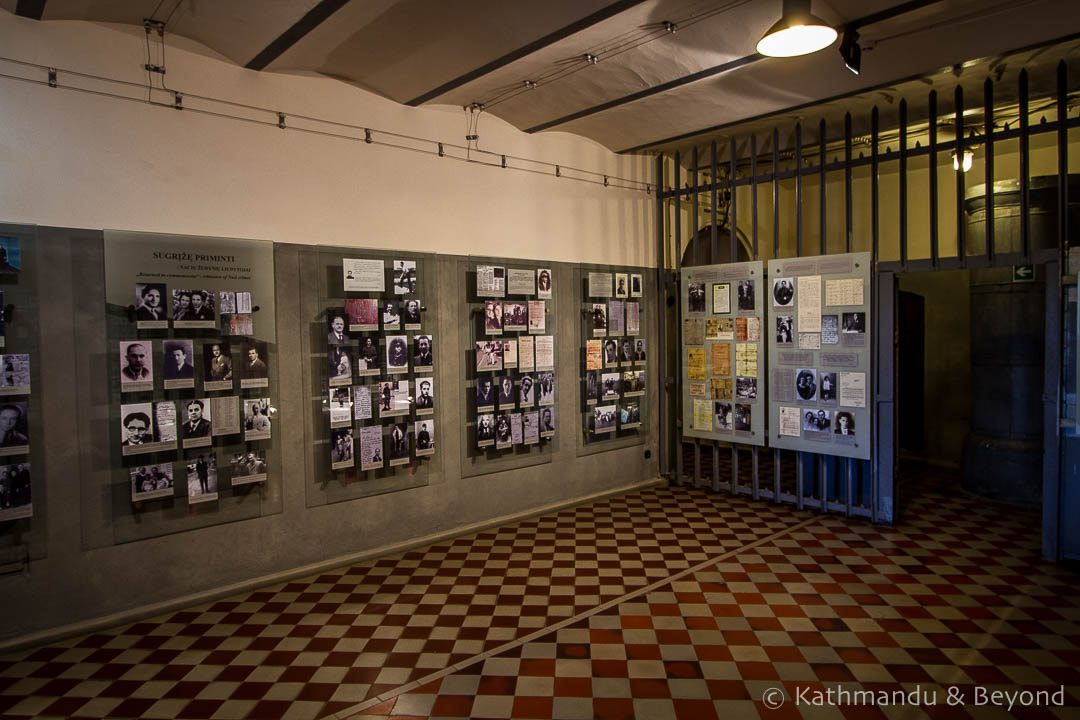
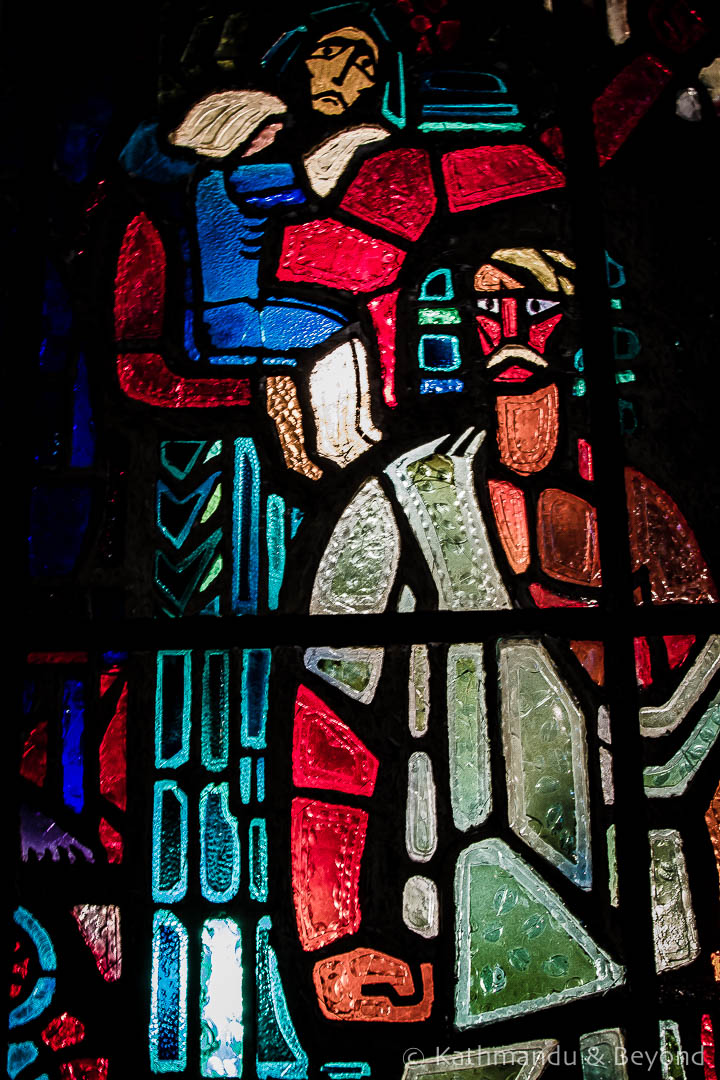
Ninth Fort Museum
The second part of the museum is in part of the original fortress and recreates the cells that were used to imprison political prisoners during the periods of Soviet and Nazi occupation in the 1940s.
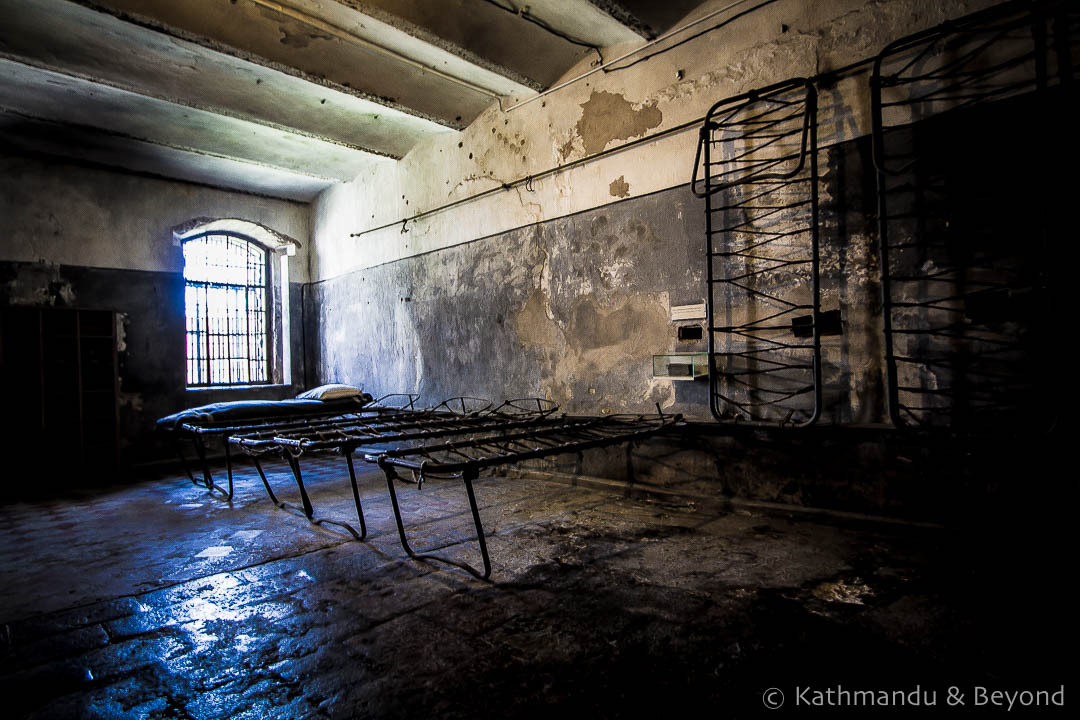 Ninth Fort
Ninth Fort
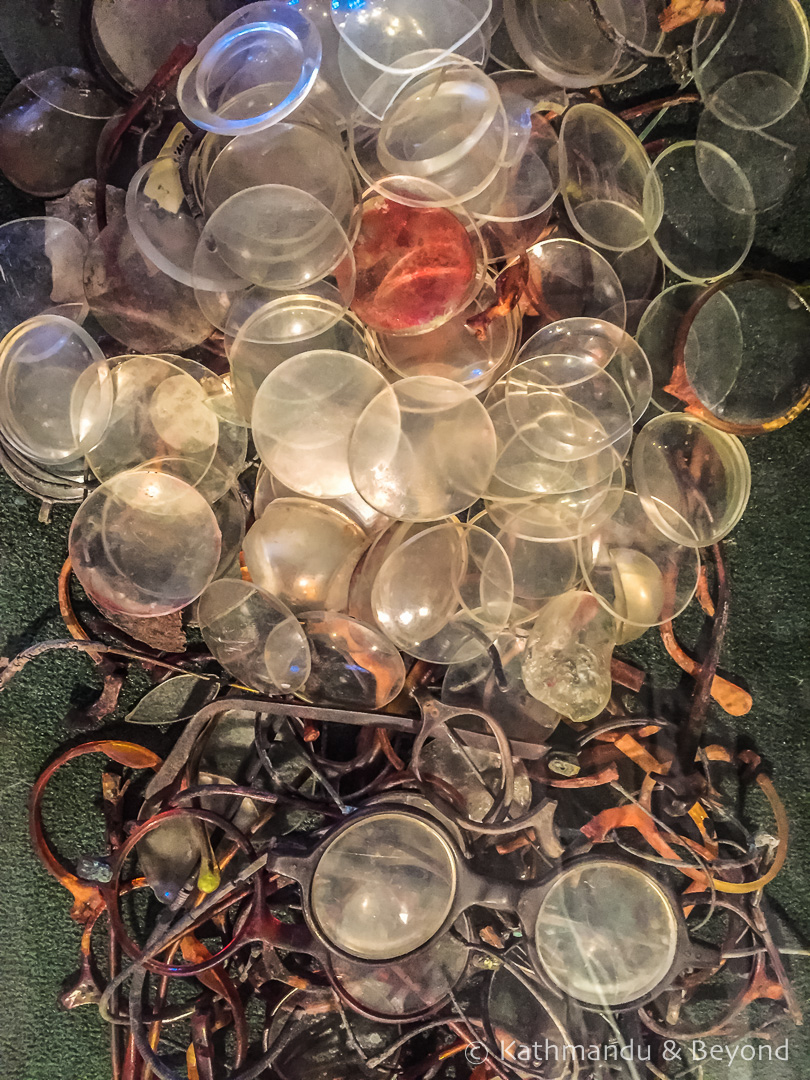
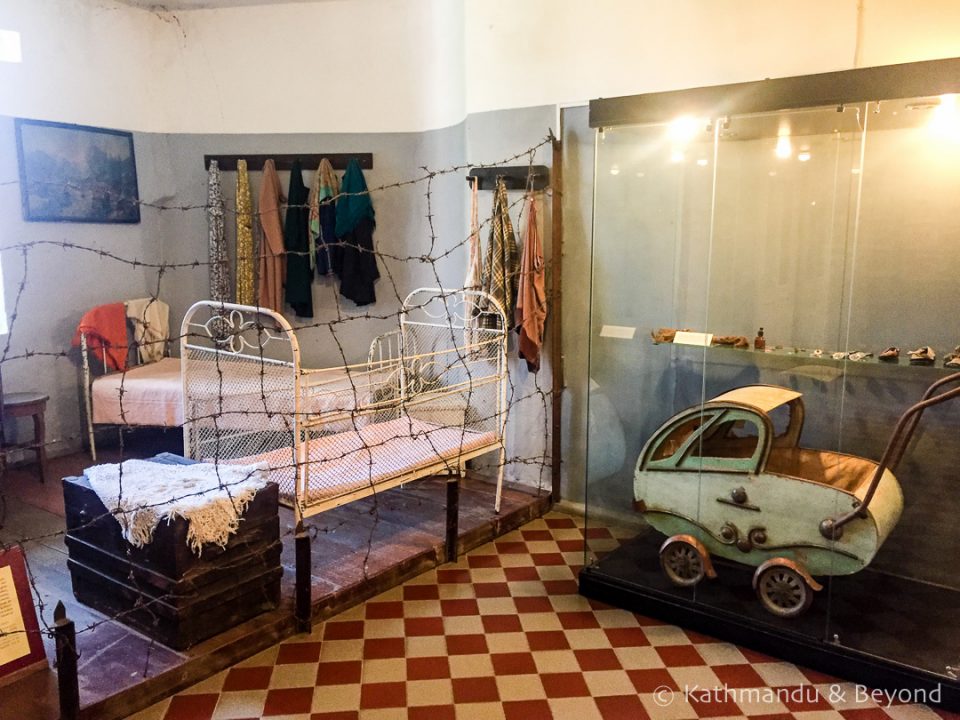
Ninth Fort
The Ninth Fort museum and monument in Kaunas is just one of many poignant reminders of war and conflict that can be found all over Central and Eastern Europe. It is definitely worth a visit and will cause you to reflect on man’s inhumanity to his fellow creatures.
Ninth Fort Museum is an easy half-day excursion (or less if you only spend an hour or so in the museum) from Kaunas city centre and one that we highly recommend if you are interested in learning about the history of the area.
INFORMATION FOR VISITING NINTH FORT INDEPENDENTLY USING PUBLIC TRANSPORT
Ninth Fort Museum Entrance Fee
Tickets to the museum cost €3 for adults and €1.50 for children (under-7s are free), students and pensioners. There are also various guided tour options available which you can mix and match. Alternatively, take the entire 3-hour long tour.
If you only want to see the monument, you can do so without charge as it is located on parkland close to the museum.
Further information, including the opening hours (note the museum is closed on Tuesdays), can be found on the museum’s website: Kaunas IX Fort Museum.
Getting to the Ninth Fort from Kaunas by Bus
Bus number 23 (route: Rokai – Domeikava) runs from Kaunas town centre at regular intervals throughout the day starting at around 6am with the last bus back at around 11pm. On weekdays, generally there are three buses an hour (less around lunchtime, not sure why) and only about one an hour on weekends and holidays. Depending on where you are staying the most useful stops to board the bus are likely to be Kauno pilis (for the old town) or along Gedomino gatve. Be aware that because of the one-way system in central Kaunas, the outbound and inbound route through the town is slightly different.
We recommend popping into one of the Tourism Information Centres and asking them to print off an up-to-date timetable for you.
The adult fare is €0.80 each way and you pay the driver as you get on the bus. Electronic boards inside the bus inform of the approaching station. The journey to the monument takes about 20 minutes. Get off the bus at the stop called 9-ojo forto muziejus and walk back towards the back road. (There’s a supermarket close to the bus stop in case you want to get a drink or maybe a picnic to eat in the park).
There is an underpass beneath the highway which can be found a little to the right of the road you’ve just walked down from the bus stop. It’s just over five minutes’ walk to the entrance to the Ninth Fort Museum. Returning to Kaunas, the bus stop is opposite the supermarket.
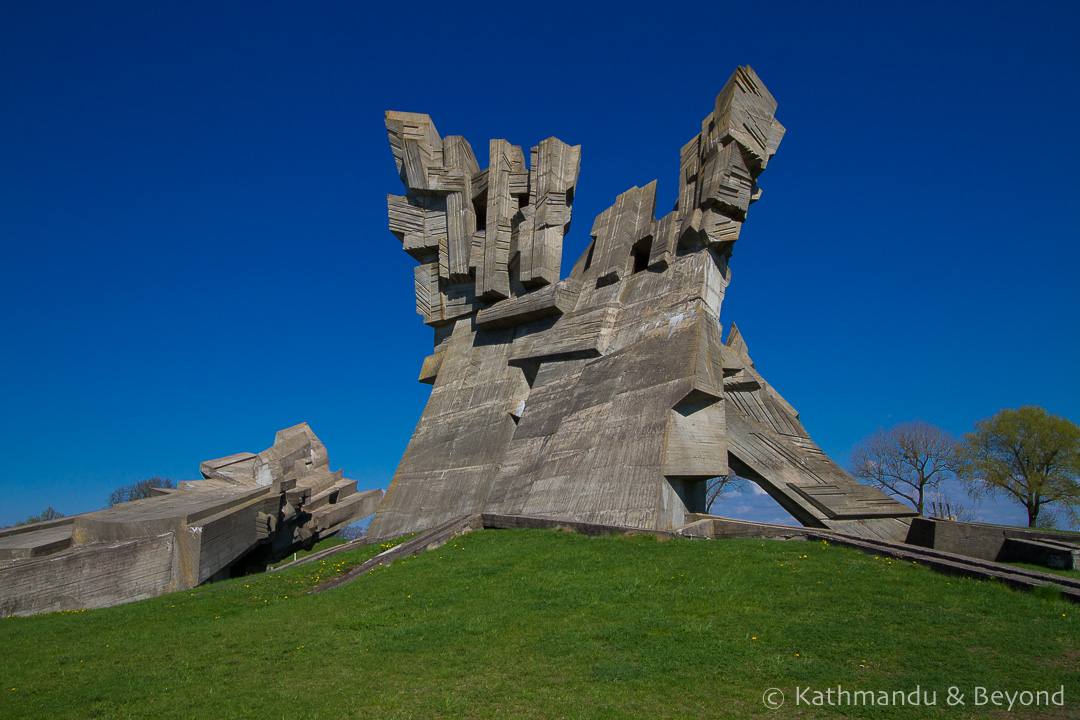 Memorial to the Victims of Nazism
Memorial to the Victims of Nazism
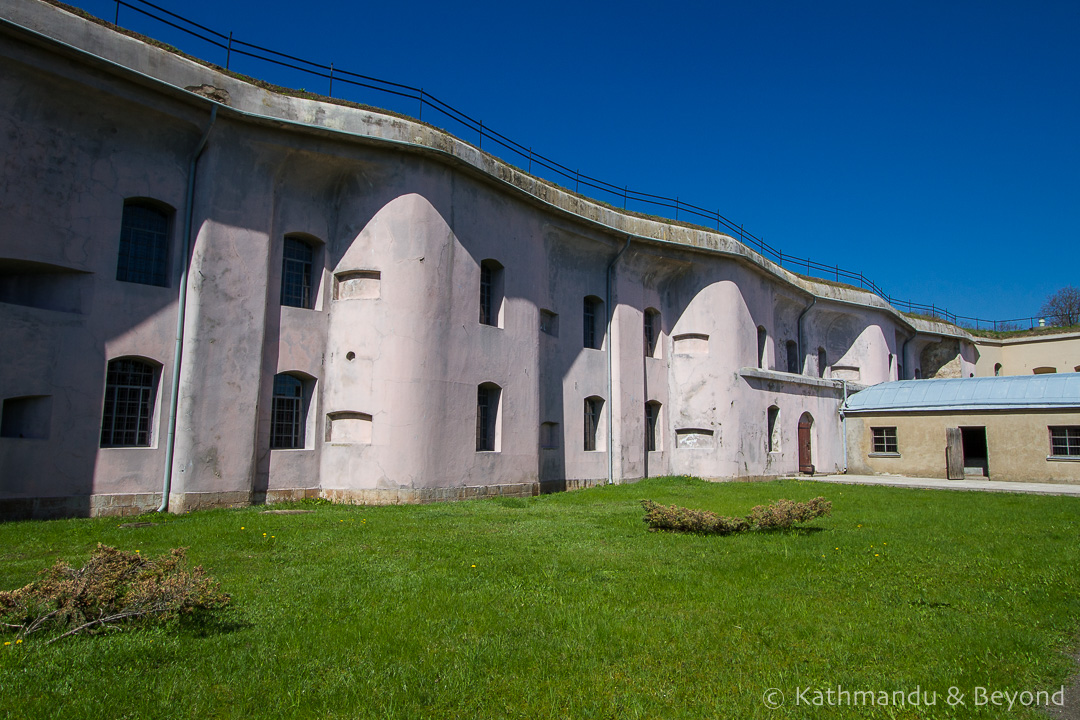 Ninth Fort
Ninth Fort
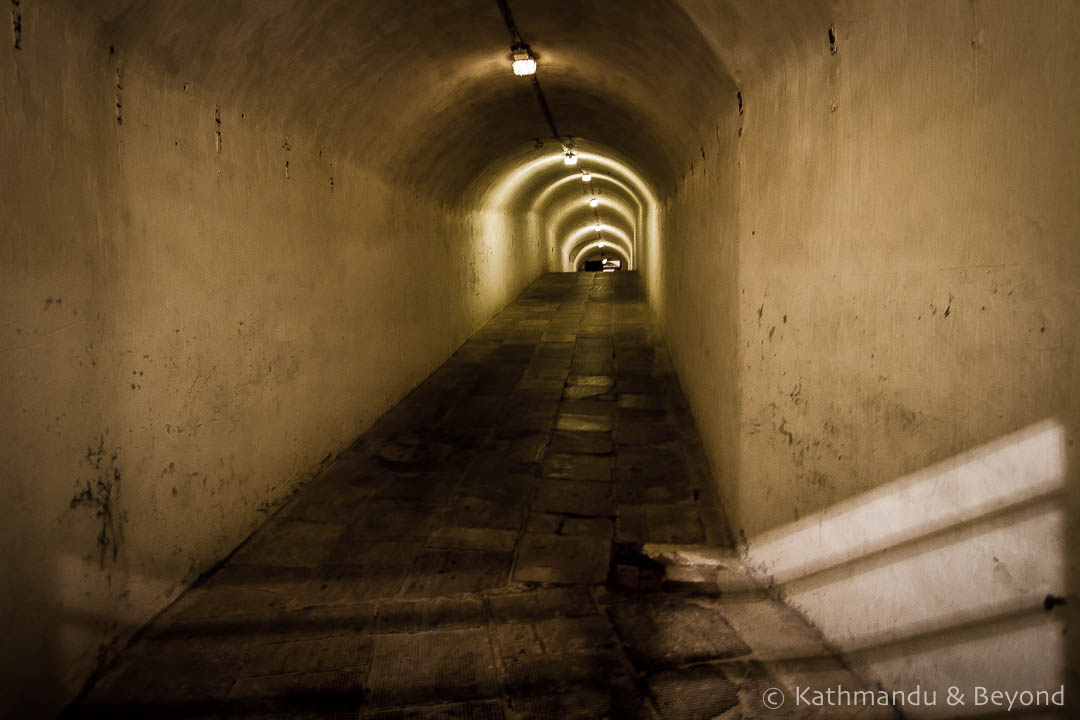 Ninth Fort
Ninth Fort
READ MORE POSTS FEATURING LITHUANIA

Hi Kirsty,
Beautiful images and a moving story indeed. Had no idea about Lithuania’s link to the Holocaust. Sobering but also a wake up call for all of us who have our freedom. We should be forever grateful to have a voice, to have power and to live as we do. Just reviewing my day today. Up early at 4 AM, commenting on blogs, I published a guest post and walked around in NYC to grab some food. What a sweet, neat life. Always grateful for what I do and for living in a rocking country. At least when I’m here 😉
Thanks for sharing.
Ryan
Indeed it is! I am regularly reminded on our travels and I find it very humbling to be reminded of how privileged my life growing up was compared to countless others. Thanks for reading … 🙂
Kirsty thanks for your Lithuanian, Kaunas 1X Fort post but disappointed that I felt you sanitized the Holocaust by not saying 30,000 Jews were murdered at the Ninth Fort.In Litau the word “Jew”
Is often left out
Hi, thanks for reading. My post did mention that 30,000 Jews were murdered there, so I’m not sure what you mean?
What you wrote concerning the Russian monument being a memorial to the Jews is not true. The memorial commemorates the Russians who died at the hands of the Nazis. I too visited this site, so I am well aware of the truth. The Russians have never given consideration to the Jews of the Holocaust or the Jews of Lithuania who were held at the 9th Fort, for that matter..
Actually, not all were Jews, so she is technically correct. The Nazis purged Kaunus and its vicinity of others as well, including Russians (who they considered all to be communists), criminals, Lithuanian communists, the mentally defective, political trouble makers and anyone else that put themselves in the way of their genocidal objectives.
How long would you allow to visit the Ninth Fort grounds and museum? We’re planning on renting a car. Is there close private parking? Paid or free? Thank you for your blog!
Hi! Around 2 hours should give you enough time. We went to the site by bus, so can’t be totally sure about the parking situation but from memory there is a car park there. Unfortunately we’ve no idea if it’s paid or free (although parking fees are generally modest in that part of the world!). Hopefully we’ve remembered correctly! Enjoy your visit… 🙂
Thanks so much for the quick response!
You’re welcome! 🙂 Hope you enjoy your time in Lithuania…
Parking is free. The museum has a fee. Taking photos within the museum will cost you a small fee. There are very officious babushkas, leftover female bureaucrats from Soviet days wandering about. These women are accurate reminders of stereotypical wardens from Moscow. They brook no violation of the rules. I don’t think they speak English but they somehow get their point across.
Hi George, we’ll be going to Lithuania in the near future and definitely want to include the Ninth Fort. We’re traveling by car and I understand the memorial is pretty difficult to find. Any suggestions as to routing would be very welcome. Sylle Vis
Hi Sylle,
Not sure if George will see this…. in case he doesn’t, this might help: we went by bus so I’m not exactly sure where the car park is but looking at Google maps it seems to be at this GPS point: 54.941962, 23.876041
Anyhow, if you follow your map to that point, it will get you pretty close and there should be obvious signs to the parking place (I would hope!).
Good luck and enjoy your visit. 🙂
Hello I’ve just been to hungary they picked on the jews also fear can change your reality for the worst just ask Stalin , Hitler , and god